
森林浴ができる場所(島しょ部)
-
-
Koishikawa Botanical Garden
Koishikawa Botanical Garden, which is affiliated with Tokyo University, is open to the public.The garden used to be the Koishikawa Goyakuen, created in the Edo period. The 40-acre site is home to many ancient Japanese plants, relics, and plants that serve as valuable research materials. It is the birthplace of modern botany and serves as a center for botanical research in East Asia. Besides seasonal forests such as plum, cherry, camellia, azalea, and maple, there are also greenhouses and a medicinal garden. It will be fun to visit with a guide who is knowledgeable about forests!
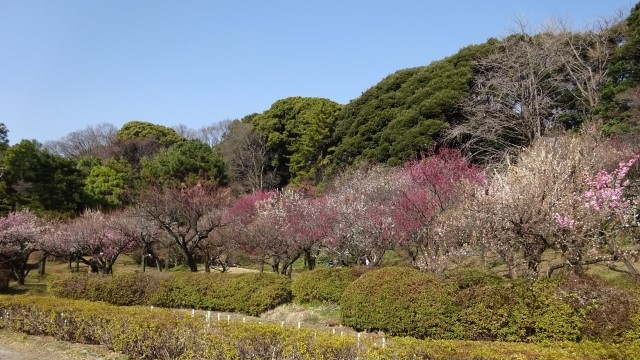
-
-
-
【文京区】小石川植物園
小石川植物園は、植物学研究のための東京大学附属施設ですが、一般に開放されています。 江戸時代の小石川御薬園が前身で、武蔵野の面影を残す約16万m²の敷地に、日本古来の植物や遺構、貴重な植物があります。日本の近代植物学発祥の地であり、現在も、世界の植物研究センターの役割を担っています。梅林、桜林、椿園、ツツジ園、モミジ林など四季折々の林のほか、温室や薬園もあります。森林や植物に詳しいガイドと訪れるのがおすすめです。
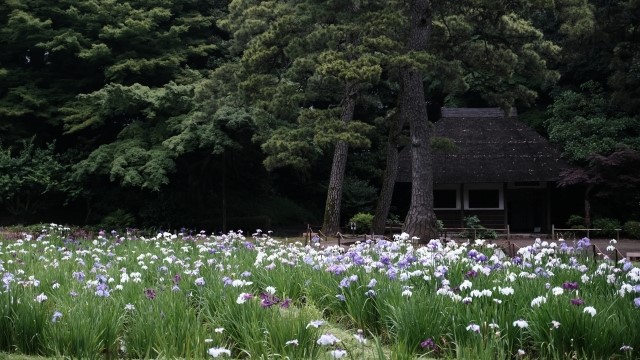
-
-
-
Kansen-en Park
Kansen-en Park, located near Mengebashi and Waseda stations on the Toden Arakawa Line, is a Japanese garden built on the grounds of a daimyo’s mansion. The name “Kansen-en” is derived from the on-site spring water, which is known for its suitability for the tea ceremony. The 3.5-acre garden, surrounded by trees around a pond, transports us to a world of tranquility away from the hustle and bustle of the metropolis. The garden features seasonal highlights, including azaleas and hydrangeas in early summer, vibrant fall foliage, and trees with “yukizuri” art in winter.
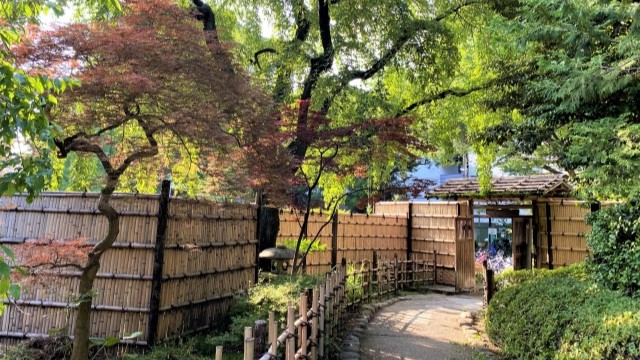
-
-
-
Kiyosumi Garden
Kiyosumi Garden, located a 3-minute walk from Kiyosumi-Shirakawa Station, is a special historical site in Tokyo. The 9-acre garden has a large pond called “Sensui” with three small islands (Nakajima), an artificial mountain modeled after Mt. Fuji, famous stones from various places, and the Taisho Memorial Museum. Besides due to its proximity to the sea and rivers, there are various species of wild birds such as bulbuls, turtle doves, long-tailed tits, starlings, great tits, and spotted ducks. Take a walk and rest in a pavilion or on a bench. Around the garden you can also enjoy retro sights and modern cafes!
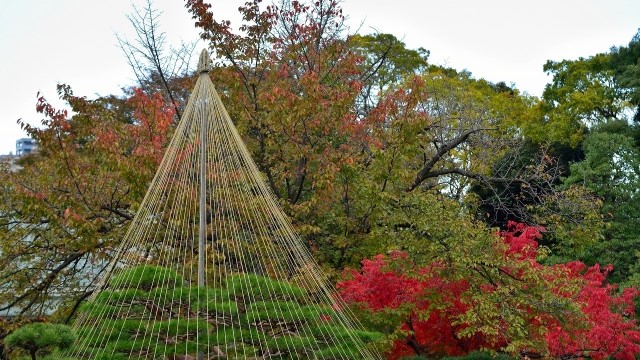
-
-
-
【江東区】清澄庭園
清澄白河駅から徒歩3分の清澄庭園は、東京都の名勝に指定されています。約37,000㎡の庭園に、三つの中島を配した大きな池「泉水」、富士山を模した築山、各地の名石、涼亭、大正記念館などの見所があります。海や川が近いため、ヒヨドリ、キジバト、オナガ、ムクドリ、シジュウカラ、カルガモなど、様々な野鳥もいます。散策の途中に東屋やベンチで休息できます。また、清澄白河の駅周辺は、レトロな下町とモダンなカフェが共存する観光名所です。
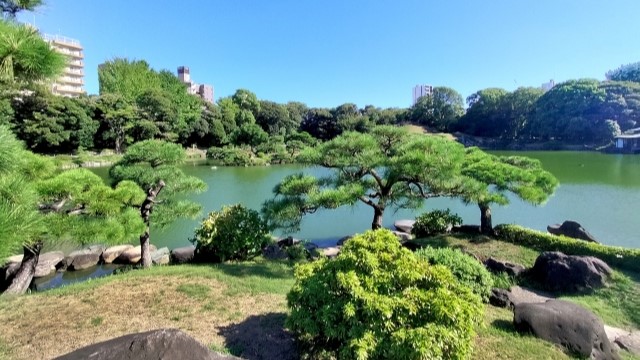
-
-
-
【北区】旧古河庭園
旧古河庭園は美しいバラ園と紅葉で知られる都立庭園です。 洋館、洋風庭園、日本庭園があり、20世紀初頭の庭園様式を残す貴重な庭園です。 洋館と庭園はイギリス人のジョサイア・コンドル博士によって設計されました。洋館は、ホテル・ニューオータニの経営で知られる大谷米太郎が「大谷美術館」として後世に伝えており、1階のホールや書斎、応接室、食堂を見学できます。春と秋は、庭園内の茶室で抹茶をいただくこともできます。
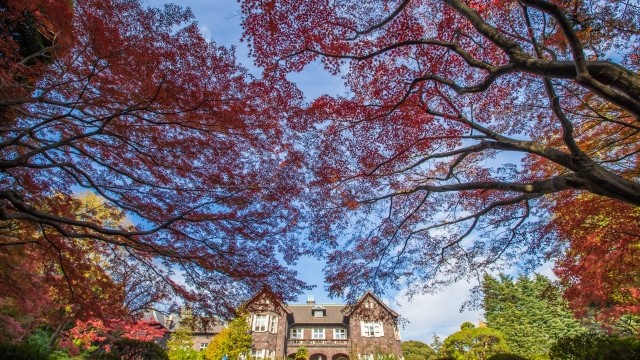
-
-
-
Kyu-Furukawa Gardens
Kyu Furukawa Gardens is a metropolitan park known for its beautiful rose garden and autumn leaves. The gardens are treasured for their preservation of early 20th century style, with a Western-style building and garden designed by the architect Josiah Conder, as well as a Japanese garden created by a famous Kyoto garden architect. The Western-style building was handed down to future generations as the “Otani Art Museum” by Yonetaro Otani, who is known for managing the Hotel New Otani, and you can tour the hall, study, reception room, and dining room on the first floor. In spring and autumn, you can also enjoy matcha in the tea room in the garden.
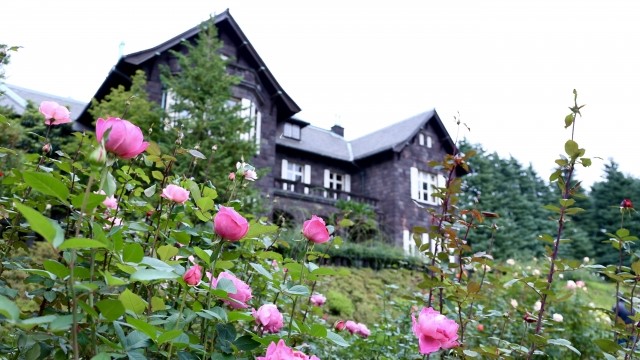
-
-
-
Atago Shrine
Atago Shrine is located in Minato Ward and is famous for its stairway to success. It is within walking distance from Kamiyacho, Onarimon, and Toranomon. Why not take a stroll on the shrine grounds, surrounded by sacred trees, while praying for good business fortune? If you are fit, why not climb the steep 86 steps from the Otorii gate to the main shrine?In the Edo period, there was a brave man who climbed up there on horseback at the order of Shogun Iemitsu. At that time they could see the Boso Peninsula!
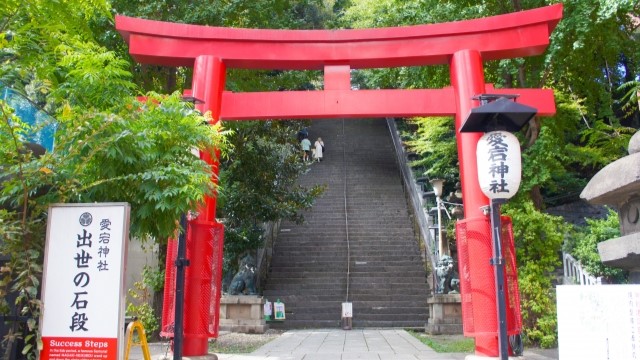
-
-
-
【港区】愛宕神社
愛宕神社は港区の高台にあり、神谷町、御成門、虎ノ門から徒歩圏内です。出世の階段で有名なので、もしあなたが健脚なら、虎ノ門ヒルズ駅の近くにある大鳥居から山頂の本殿まで、86段の階段を登ってみませんか? ご神木に囲まれた境内や参道を、自身や大切な人の健勝や活躍を祈願しながら散策すると、すがすがしい気分になれるでしょう。江戸時代、将軍の命により、馬に乗ってこの階段を登った勇者がいたとのこと。当時、境内から東京湾や房総半島が一望できたようです。
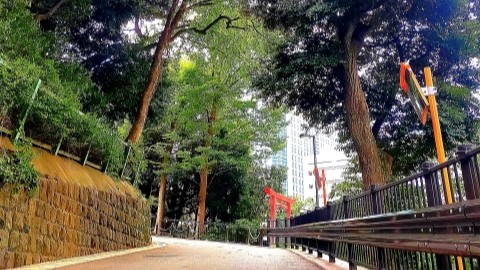
-
-
-
【港区】旧芝離宮恩賜庭園
浜松町駅から徒歩1分の場所にある旧芝離宮恩賜庭園は、浜離宮恩賜庭園、小石川後楽園などとともに、今東京に残る江戸時代の大名庭園のひとつです。庭園の中心に池があり、数々の名石を用いた庭造りが行われています。桜やツツジ、藤、紅葉など季節の彩りも楽しめて、都内の喧騒を忘れて、自然と向き合える貴重な場所です。時間に余裕があるなら、浜離宮と芝離宮をセットで巡ると、それぞれの庭園から眺める景色が異なり、庭園の美しさと東京湾岸の風景を堪能できます。

-
-
-
Kyu-Shiba Rikyu Garden
Kyu-Shiba Rikyu Garden, located a mere one-minute walk from Hamamatsucho Station, is one of the few remaining gardens in Tokyo that belonged to feudal lords from the Edo period, along with Hamarikyu Garden and Koishikawa Korakuen. In its center features a pond, and the garden is constructed using many famous stones. It is a precious place where you can enjoy the seasonal, colorful wonders of cherry blossoms, azaleas, wisteria, and autumn leaves, allowing you to escape the hustle and bustle of Tokyo and connect with nature. If you have time, you can also visit nearby Hamarikyu to enjoy the beauty of two gardens and views of Tokyo Bay.
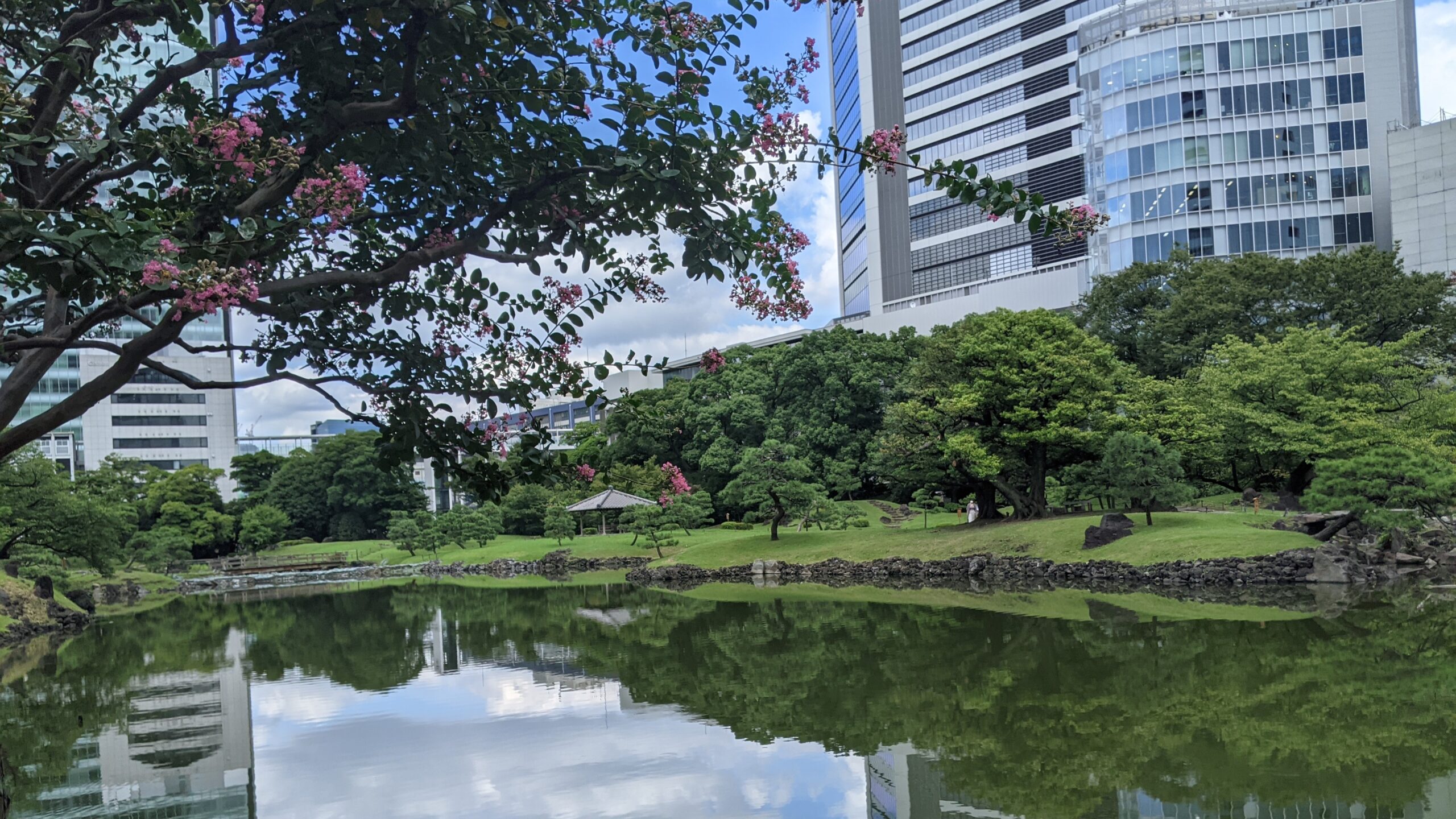
-
-
-
Ueno Park
Ueno Park, Japan’s first park, is celebrating its 150th anniversary. All of its 133 acres include art galleries, museums, and a zoo. The plateau is known as “Ueno no Yama” and has many evergreen broad-leaved trees. Around Shinobazuno Pond, visitors can stroll around the pond or take a boat ride. The cherry blossoms of Ueno Park have been attracting visitors since the Edo period. Much to the delight of its visitors, 1,200 cherry trees are in full bloom every spring. But there are also seasonal delights to be enjoyed at any time of the year. There are hydrangeas in June, lotuses in Shinobazuno Pond in August, yellow leaves on ginkgo trees in October, and autumn leaves on maples in November.

-

